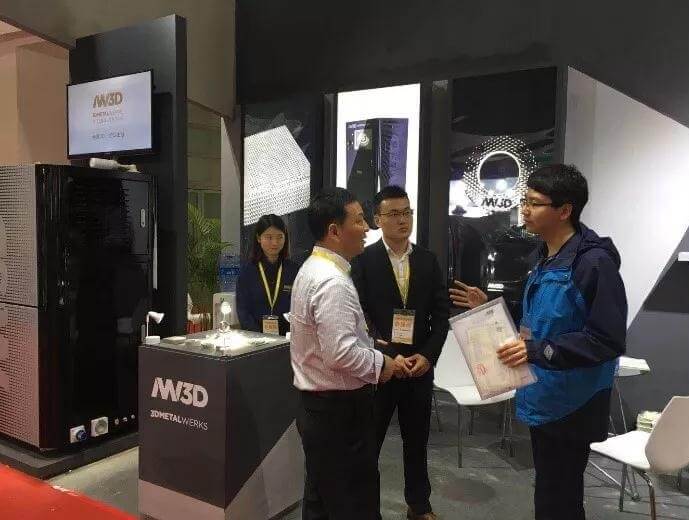Think Better, Create Easier
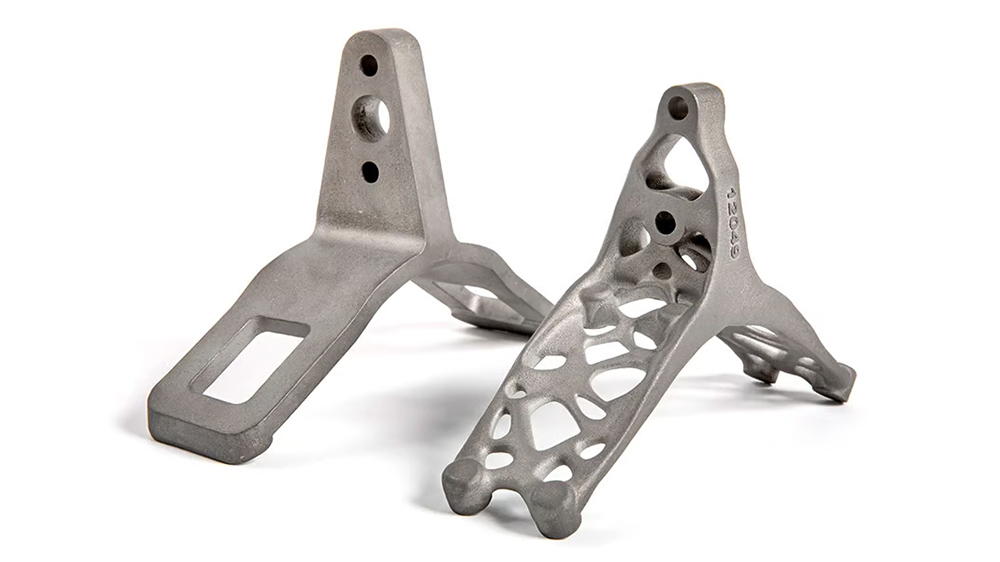
Lightweighting With Additive Manufacturing
Paired with 3D printing, topology optimization enables lighter-weight parts using less material but with high strength and performance. traditional manufacturing isn’t able to make the best use of the design freedom it provides. The complex geometries resulting from topology optimization methods are often only capable of being efficiently produced through additive manufacturing processes.
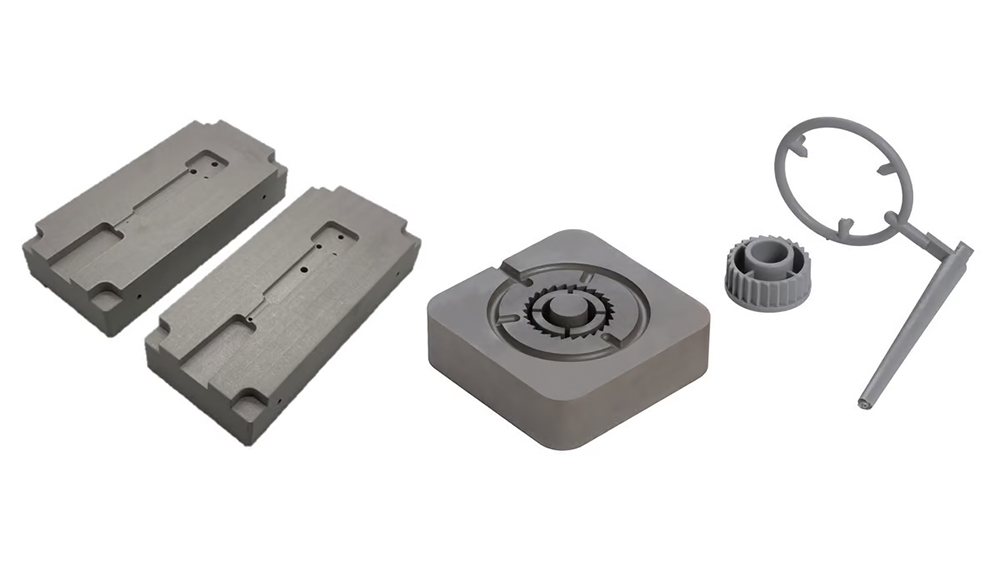
Short Lead Times & Rapid Iteration
Rapid iteration reduces the costs associated with producing prototypes and shortens the development process, allowing the product to reach the market faster than ever. The ability to easily iterate between different designs also makes for a better product as the development team can verify and test proposed changes in a fast and cheap manner.
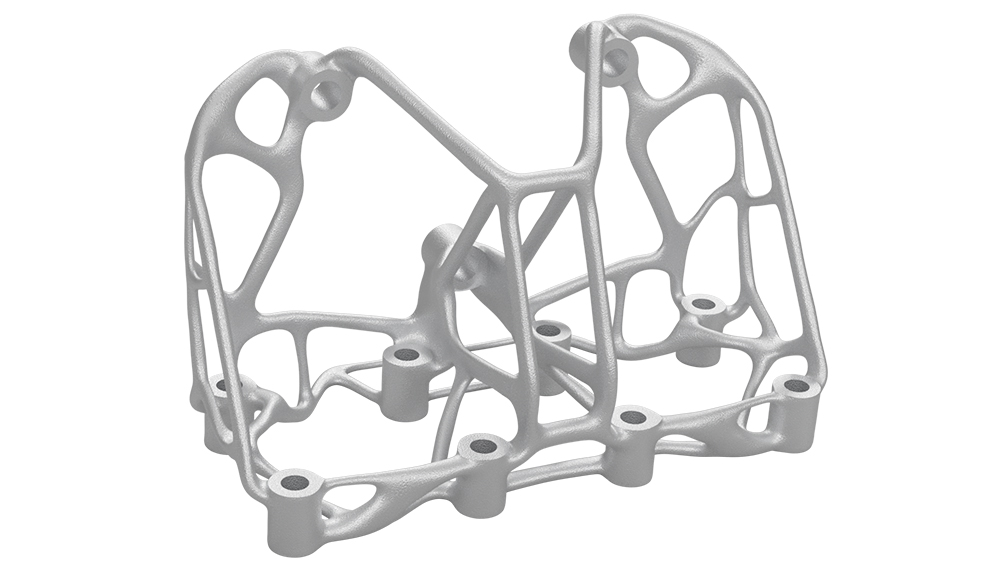
Geometric Freedom
One of the core advantages of 3D printing is the ability to create physical shapes and features that otherwise would be impossible to produce using traditional manufacturing techniques. The layer-by-layer fabrication method provides such geometric freedom that designers and engineers today are not yet able to take full advantage of.
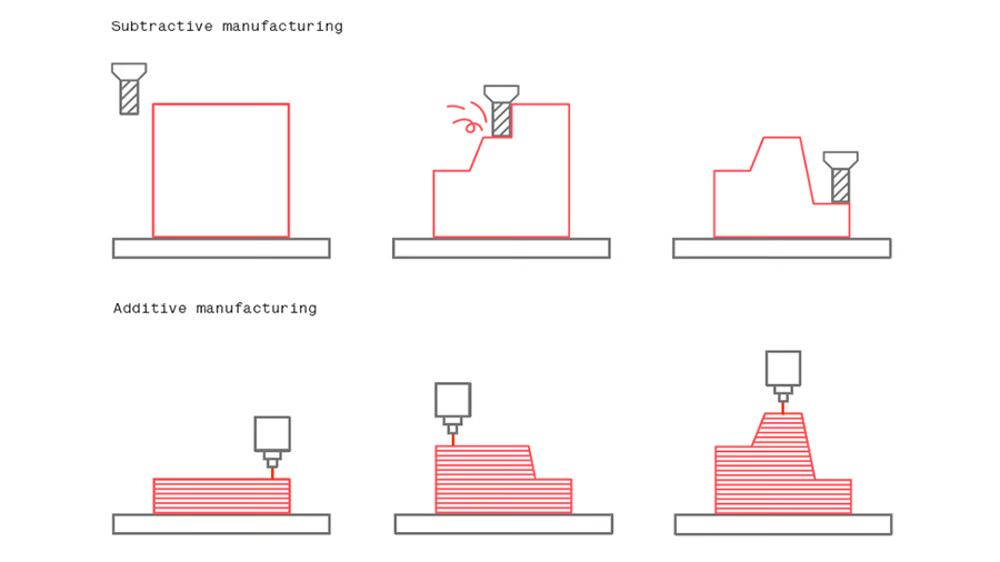
Reduced Waste
Manufacturing techniques such as CNC machining, known as subtractive manufacturing, are inherently wasteful. Depending on the complexity of the part, only a small portion of the inventory material will ultimately become the part or product, and conversely, 3D printing only uses the amount of material required for the part with no scrap, so couple that with an optimized design, and materials costs can be halved or more.
“nearly every industry that uses metal parts has benefited from the time, money, labor, and material savings offered by metal 3D printing in all of its various forms and technologies. There’s never been a better time to transition to 3D printed metal parts or add a metal 3D printer to your operation.”
— Inone
Applications by Industry
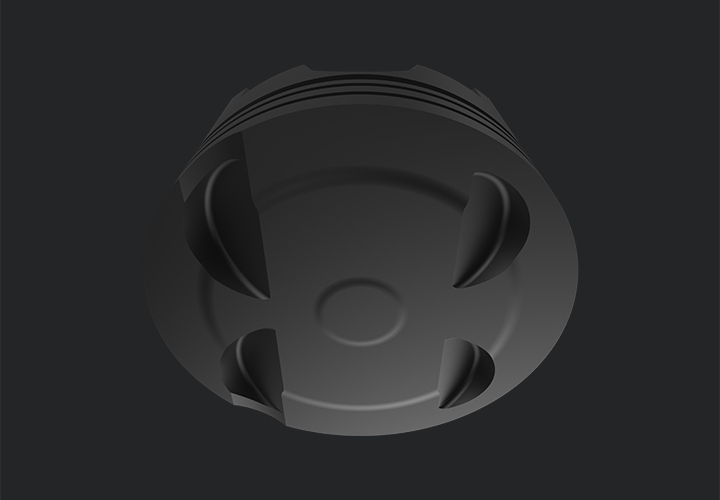
Automotive
For automotive manufacturers, 3D printing opens new opportunities for rapid prototyping, creating parts with more complexity than ever before, identifying opportunities for assembly consolidation and exploring new business models centered around on-demand production.
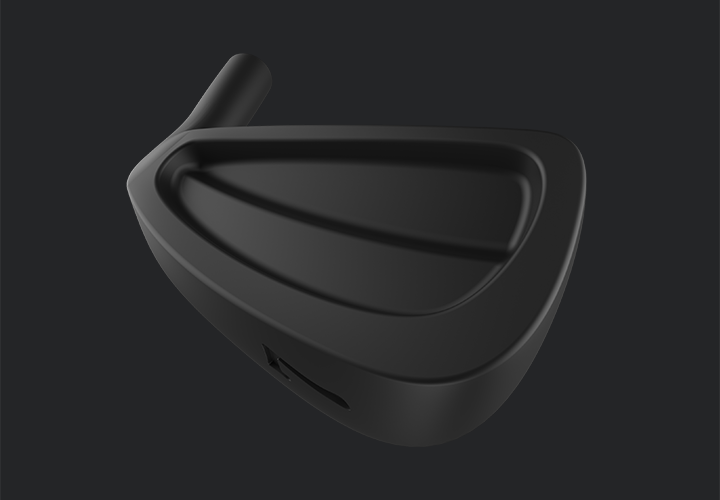
Consumer Goods
Manufacturers of consumer goods can use 3D printing for rapid prototyping and testing of new designs for both functionality and market feedback, and as a flexible manufacturing line for low-volume and regionally-targeted production that allows greater design freedom for product customization.
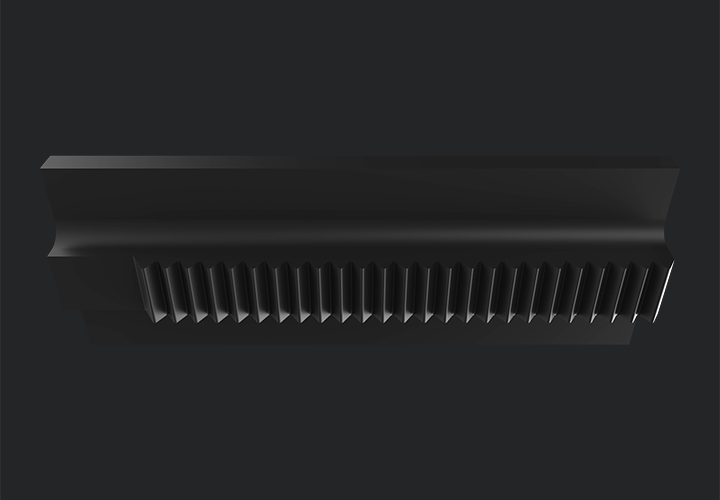
Machine Design
Using 3D printing, machine designers can print and test multiple part variations, create geometry that cannot be machined, consolidate large assemblies into fewer parts and reduce warehousing costs by printing custom parts on demand.
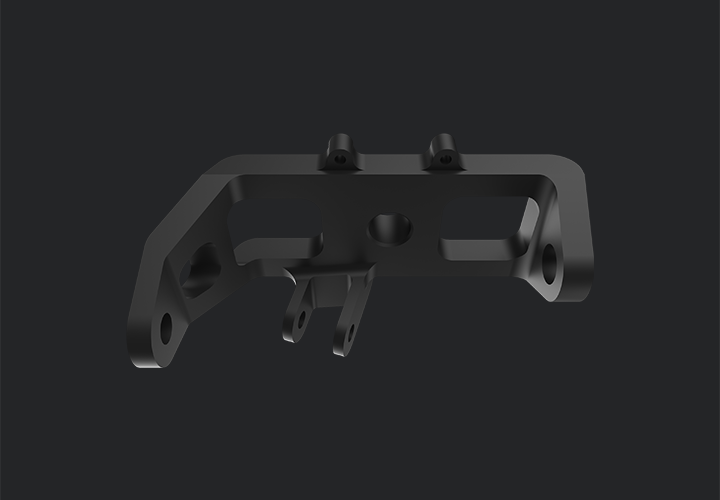
Education
By investing in 3D printing, educational institutionsprovide students the tools to bring their work to lifehelp them build important career skills and enablethem to act as additive manufacturing championswhen they enter the workforce.
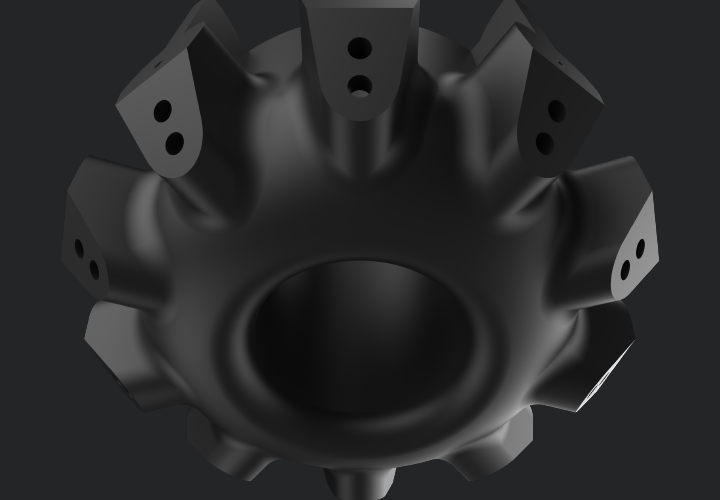
Heavy Industry
Heavy industry firms can use metal 3D printing to create highly-customized components from hard- to-machine materials, keep per-part costs low for custom, low-volume parts, and enable the creation of new designs with greater geometric complexity.
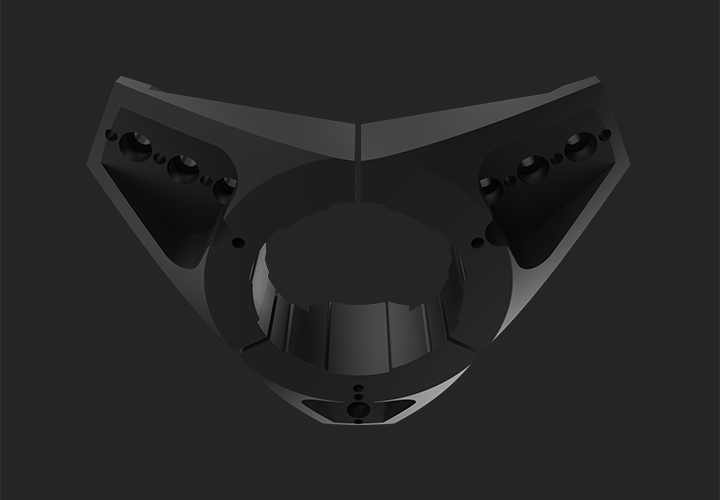
Manufacturing Tooling
For companies that produce manufacturing tooling, 3D printing can be an invaluable resource, allowing them to quickly and inexpensively produce complex, custom tooling and easily replace tools when needed, reducing downtime on manufacturing lines.

